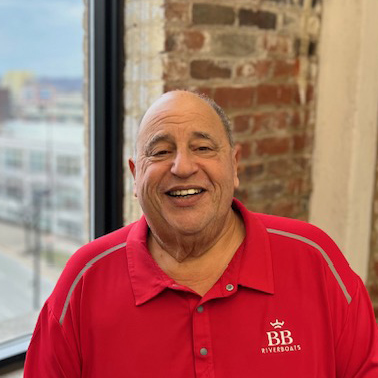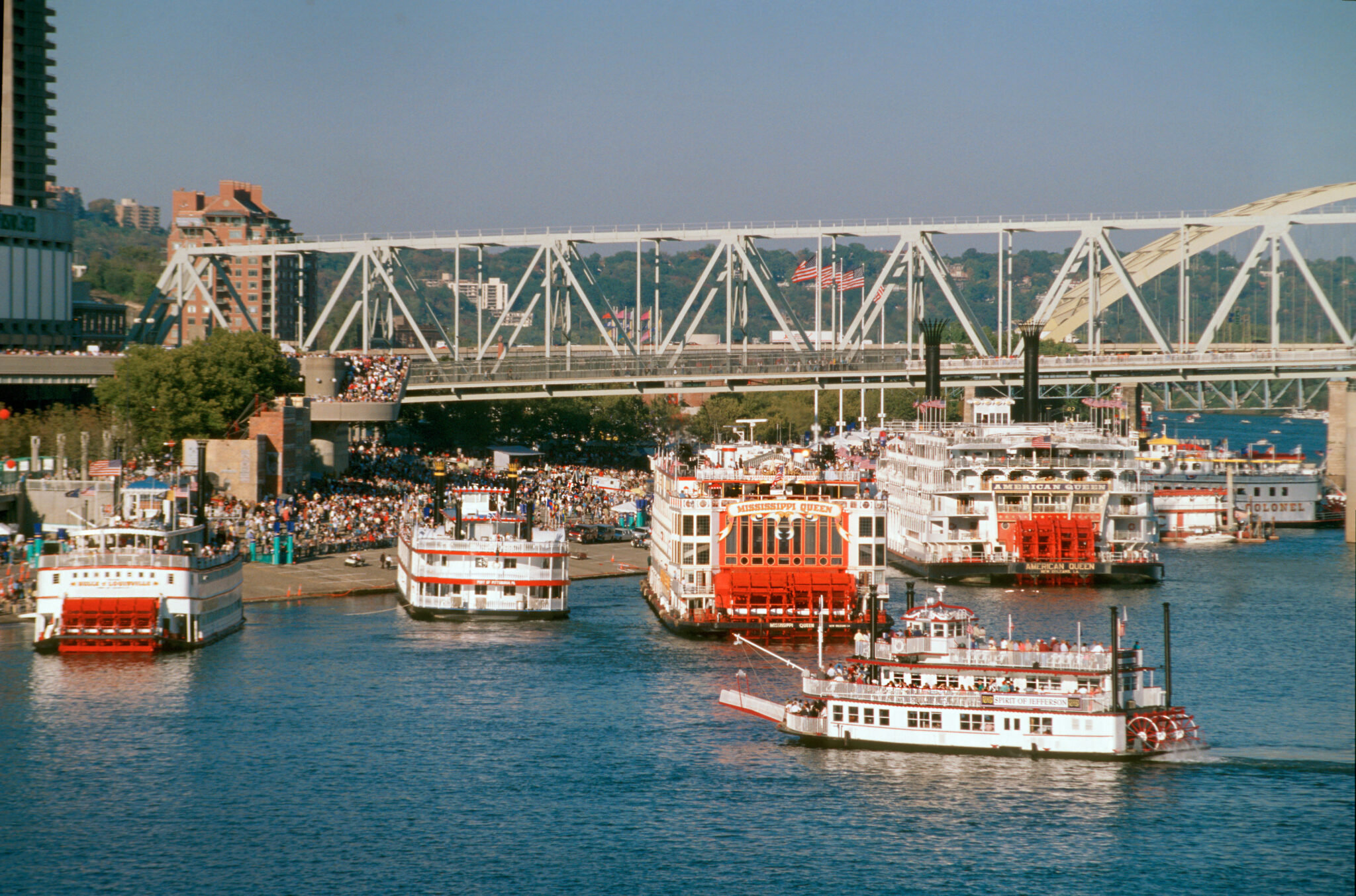I am planning an event in Cincinnati in October 2025 called America’s River Roots. Formerly called Tall Stacks, this event has expanded its focus beyond traditional sternwheel riverboats — although 12 river cities will have steamboats there — to include a wide range of iconic historical and cultural features of our nation’s inland rivers from food to music and towboats and barges.
I often reflect on how important our inland river system has been to the development of our country and the crucial role that it still plays today.
Unfortunately, many of us forget that in the 19th century, the inland river system served as a major transportation artery for goods and people. It facilitated trade between the interior states and the Gulf of Mexico, enabling the movement of agricultural products, especially cotton and grain. Cities like New Orleans, St. Louis, Cincinnati, and Pittsburgh became key trading hubs.
By the mid-1800s, approximately 10 million tons of cargo were carried annually on river vessels. The inland river system underpinned the growth of our agricultural economy. It contributed to the rise of steamboats, which revolutionized transport and ultimately promoted westward expansion.
Sadly, most vehicle drivers today pay little attention to the important role our rivers and waterways still play in transporting goods and people. The numbers are substantial.
The Passenger Vessel Association (PVA) estimates that 200 million passengers are safely carried aboard U.S.-flagged passenger vessels each year in the U.S. According to the American Waterways Operators (AWO), more than 5,000 tugs and towboats, and more than 33,000 barges, carry approximately 665 million tons of domestic cargo each year.
Both the PVA and AWO promote safety and have developed programs that prioritize safe operations within their memberships. The two organizations are active in the Washington D.C. area, advocating for their industries. They often work together on issues of common concern.
Communication among river industry stakeholders is important. I regularly speak with the U.S. Coast Guard, the U.S. Army Corps of Engineers, local law enforcement, firefighting units, and others up and down the river to ensure that my company is well known to each.





